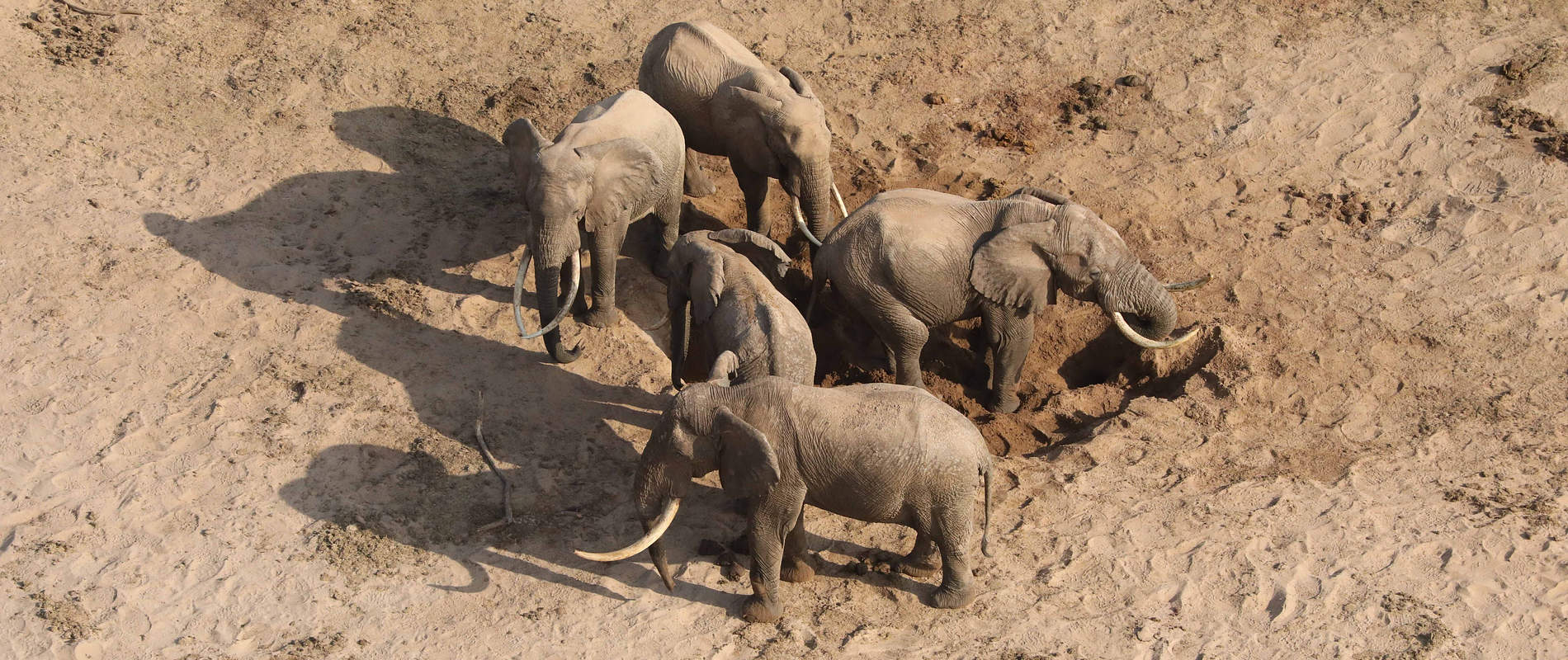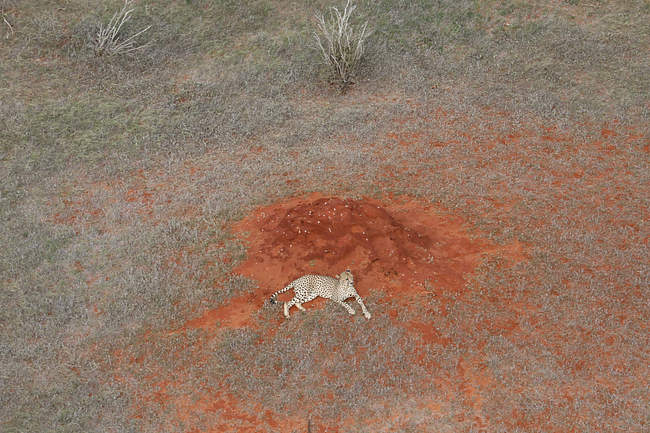June was a quiet month in terms of almost all illegal activities. In fact, only one instance of fresh poaching activity was discovered, which was a fresh elephant carcass on the Tiva River with ivory pulled out.
Although no direct evidence of a cause of death could be found at the carcass, which was more than a week old at the time of discovery, the fact that the tusks had been removed did strongly suggest poaching. The fact that no other fresh poaching activity was discovered was very encouraging. Not only was there a significant lack of poaching activity but also not a single incident of charcoal burning was reported in June. For this time of year, that is highly unusual and a testament to the effect of persistent efforts from the air and ground over the last several years.

Human elephant conflict was again a major theme in June, with several flights undertaken by fixed wing aircraft to locate elephants outside the fence, whilst 3 callouts for the helicopter were also made to push elephants back into the Park. There were also three vet cases with aerial involvement.
A fixed wing was called out on another occasion to search for a lone elephant calf that had been separated from its herd in the community when angry farmers had attempted to chase the elephants back to the Park. Unfortunately, the calf had left the area and could not be located. Elephants are able to communicate over very large distances, so it is highly likely that the calf was able to re-join the herd.
Outside of the Tsavo ecosystem, the air wing provided an important service on Amu ranch in Lamu County by conducting a flight with the local magistrate to demonstrate both the importance of the area as a reserve and natural resource and also to share the many challenges being faced by our team on the ground there.
Some highlights during the month included 2 separate cheetah sightings and a handful of rhino sightings. However, due to late rains in April, rhino sightings were very rare since they had dispersed over a larger than normal area.



